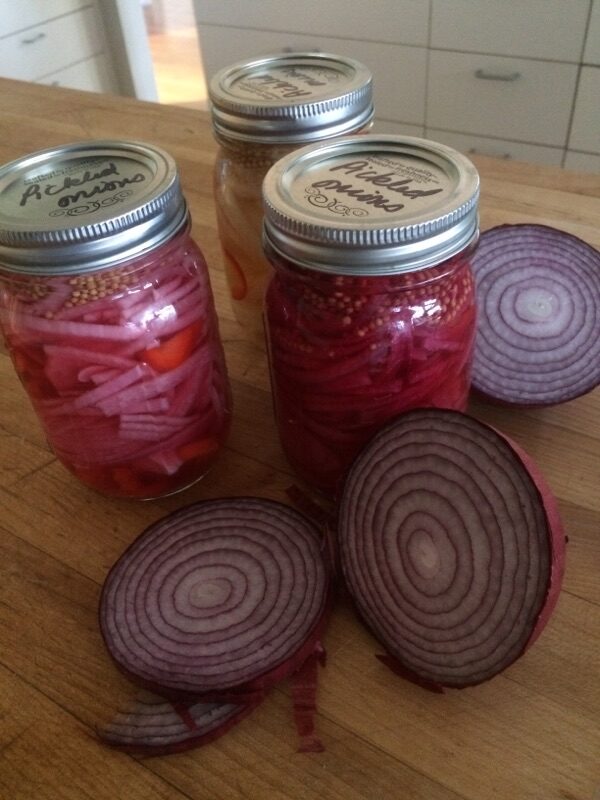While September continues what is known as the “dry” season here in the Northwest, staying adequately hydrated is important. With an increase in temperatures and outdoor activities, water becomes even more of an essential nutrient.
Water plays a key role in almost every function of the human body including digestion, absorption and transport of nutrients; energy production; waste elimination and temperature regulation. In fact, the average adult’s body is comprised of about 65% water. Yet despite the unparalleled importance of water, it is often referred to as “the forgotten nutrient.” Most people only think to drink once they find themselves thirsty. But thirst is not an adequate indicator of the body’s hydration status. By the time an individual recognizes they are thirsty, the body is already somewhat dehydrated.
Throughout the day we lose water through a number of processes. Around 25%-50% of daily water loss is through evaporation from the lungs and skin. Other water loss occurs every time we use the toilet. Factors that increase the loss of water include physical activity, hotter temperatures and higher altitudes.
Age also makes a difference in a person’s water requirements. As we age, cells lose their ability to retain fluid, thirst response is decreased, and kidney function is reduced. Additionally, many medications (such as diuretics and cathartics) and medical conditions such as arthritis, incontinence, and diarrhea can decrease a person’s hydration status.
These factors indicate the need for closer attention to water intakes among older adults.
Daily requirements for water are difficult to establish as there are many variables involved in how much each individual needs.
The average intake for water is 12 cups a day for men and 9 cups for women; however, solid foods and metabolic processes in the body contribute about 5 cups. Thus, it is recommended that men drink at least 7 cups and women 4 cups every day.
However, these are only guidelines. It is important to remember the effects of environment, health status, activity level, age and diet on a body’s water requirements.
Some tips for staying adequately hydrated include:
- Drink before you feel thirsty. Carry a water bottle with you at all times, especially when engaging in outdoor activities.
- Drink at regular intervals throughout the day to help keep thirst at bay and to keep your body’s internal temperature down.
- You do not always have to drink water. We get some fluids from beverages such as milk, juice, coffee, and sodas. Just be sure to keep in mind that some of these beverages can have a diuretic effect, so additional water should be consumed.
- During hot weather, plan outdoor chores and activities for cooler morning or evening hours. If possible, schedule your more strenuous outdoor jobs in seasons when temperatures are not as extreme.
Try to incorporate these suggestions and create healthy hydration habits during summer’s warm months. If you keep up the positive change as we move into autumn’s cooler days your cells will thank you, rewarding you with vitality and energy.
Bastyr University, internationally recognized as a pioneer in the study of natural healing, is the leading university for natural health sciences in the United States.
LEMON WATER
A nice way to vary this recipe is to add a few torn leaves of a favorite herb, such as mint, basil or lavender, and/or add berries to the mix.
1/2 lemon, sliced
1 quart water
Put lemon slices in a pitcher of water. Let set a half hour or so. Refrigerate or drink at room temperature.
Preparation time: about a half hour.
Makes 1 quart
This recipe is reprinted with permission from Bastyr University faculty member Cynthia Lair and her book Feeding the Whole Family (Moon Smile Press, http://www.feedingfamily.com).

















